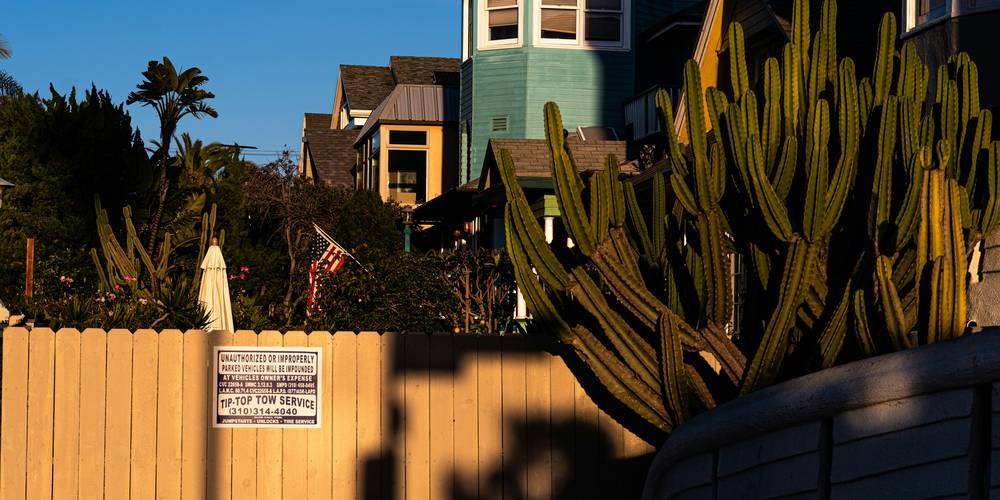When to Send Your Demand
California Civil Code §1950.5 requires landlords to refund the security deposit—or deliver an itemized statement of deductions—within 21 calendar days after you surrender possession. If you moved out March 1, for example, the clock expires March 22. Landlords may extend only when legitimate invoices are unavailable; even then, they must provide an estimate within the 21-day window. Send your demand on Day 22 if you receive nothing. Earlier demands can look impatient and undermine any later claim for bad-faith withholding. Remember: weekends and holidays count. For detailed move-out inspection tips, visit our moving-out guide.
If the landlord mailed a deficient statement—missing receipts, vague charges, or deductions exceeding unpaid rent and damage—you can still issue a demand letter. The statute gives you leverage: tenants may seek statutory damages up to twice the deposit for bad-faith retention. A clear, politely firm demand usually triggers payment without litigation.
Drafting the Letter
A persuasive sample security deposit demand letter balances professionalism with legal authority. Include these core elements:
- Landlord’s legal name & address (copy from lease or tax records).
- Your full name(s) exactly as on the lease and unit address.
- Move-out date & key return confirmation.
- Total deposit paid and amount now owed.
- Statute citation: California Civil Code §1950.5.
- Refund due date (21 days from move-out).
- Forwarding address for payment.
- Consequences: statutory damages + small-claims if unpaid.
Avoid these pitfalls: threatening language (“I’ll ruin your credit”), inflated claims, or demanding extra penalties not permitted by law. Keep the tone courteous yet assertive and stick strictly to the facts—you want the judge on your side if the dispute escalates.
Need wording ideas? Our interactive generator below pre-fills a sample letter with key phrases so you can copy, paste, and mail within minutes.
Delivery Methods & Proof of Notice
California courts accept any method that proves receipt, but Certified Mail with Return Receipt (green card) offers the best paper trail for about $5.55 postage plus $3.35 receipt as of 2025. USPS Priority with tracking also works, yet lacks a signature. For immediate documentation, scan the signed letter and email a copy; while email alone may not satisfy service requirements, it corroborates the mailing date. Keep photos of envelopes, postage receipts, and tracking screenshots—judges love contemporaneous evidence. If the landlord’s address is a P.O. box, send to both the P.O. box and any physical address listed in the lease.
Proof hierarchy (best to adequate):
| Method | Cost Range | Proof Level |
|---|---|---|
| Certified Mail + Return Receipt | $9-$11 | Signature & USPS tracking |
| Priority Mail w/ Tracking | $8-$10 | Delivery confirmation only |
| First-Class Mail + Certificate of Mailing | $5-$7 | Date-stamped receipt (no delivery data) |
| Email (PDF scan) | $0 | Supplemental timestamp only |
Next Steps After Sending
Give the landlord a 14-day courtesy window after confirmed delivery before escalating. Many owners pay once confronted with statutory language. Track the days in your calendar; set reminders. If nothing arrives, prepare a small claims court California security deposit not returned case. File within four years of move-out, though sooner is wiser. Bring photos, lease, certified mail receipts, your completed letter, and any landlord responses. The current jurisdictional cap is $12,500; claim the unpaid deposit plus up to twice the amount as punitive damages, court fees, and allowable costs. For filing details, bookmark our upcoming small-claims guide.
Interactive Demand Letter Generator
Tenant’s Next Steps
- Verify landlord’s legal mailing address.
- Attach move-out photos & checklist.
- Send letter via Certified Mail.
- Save postage receipts & tracking logs.
- Calendar reminder 14 days after delivery.
- Calculate claim with deposit calculator.
- Review small-claims guide.
Landlord Best Practices
- Copy served demand letter for records.
- Verify tenant forwarding address.
- Provide invoices or receipts > $125.
- Mail refund or deductions within 21 days.
- Document condition during final inspection.
Tenant Action Checklist
- Confirm move-out date & key return.
- Gather evidence: photos, lease, cleaning receipts.
- Generate letter; insert accurate refund due date.
- Send via Certified Mail + Return Receipt.
- Set 14-day follow-up reminder.
- Prepare small-claims packet if no response.
- File and serve complaint within 4 years.
Frequently Asked Questions
Legal References
Related Resources
This information is provided for educational purposes only and does not constitute legal advice. Consult a qualified attorney for advice regarding your specific circumstances.
